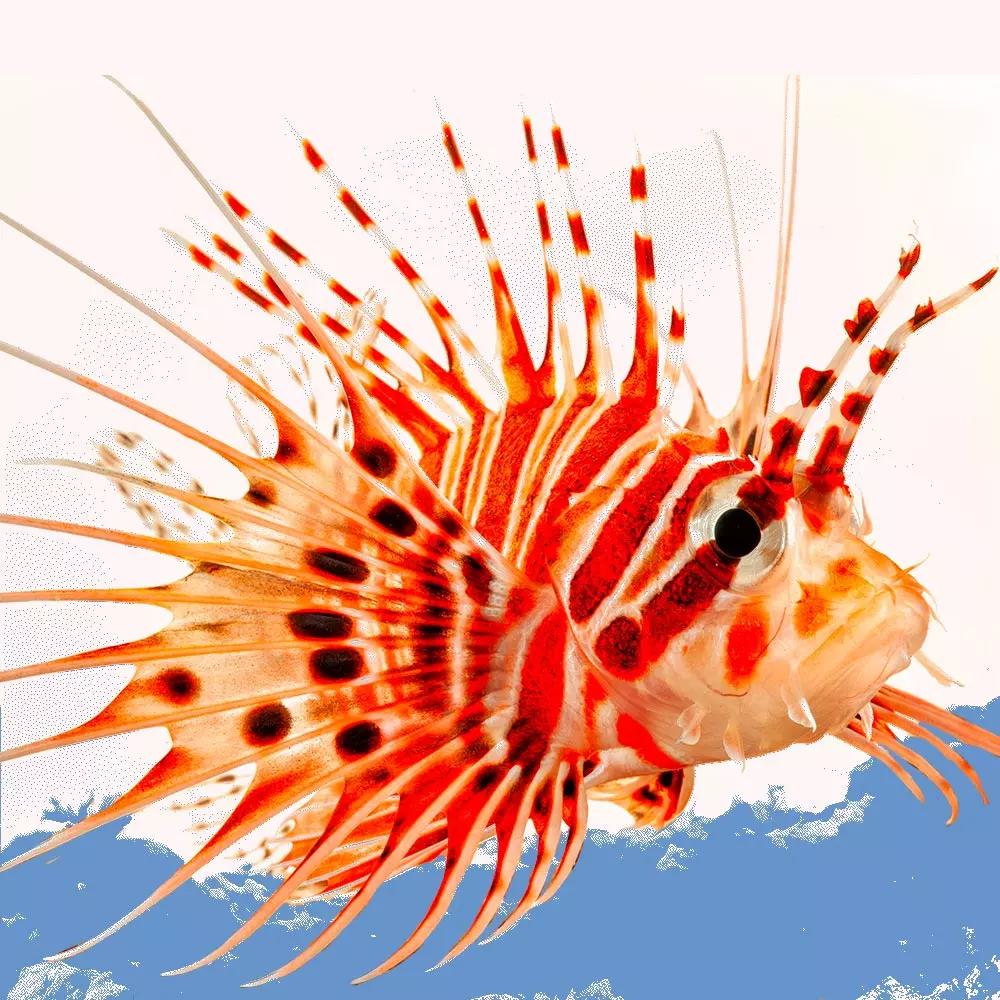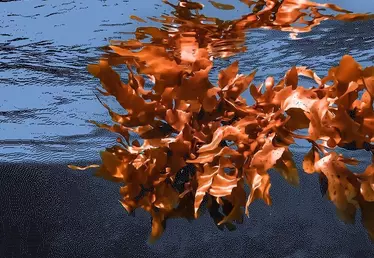

Hero banner custom title
The healthiest fish to eat - for you and for the planet
2 min
Like other living systems, the world’s oceans have been affected both by the ongoing over-exploitation of natural resources and by our civilization's seemingly endless generation of pollution. The NGO Greenpeace has warned that something like 90% of commercial marine species are being either over-exploited or fished to the very limit of sustainability. Just as worrying in health terms is the fact that seafood has become humankind’s main source of exposure to mercury. But fans of iodised products need not panic – it’s still possible to find fish that are healthy to eat without endangering the planet.
Short chain fish are healthier
Examples include North-East Atlantic anchovies and wild mackerel or Mediterranean sardines. Conversely, predatory fish found at the very top of the oceanic food chain - like swordfish, tuna, shark and pike - accumulate too much heavy metal due to their diet. Not to mention the fact that their species can often be endangered…
Stabilising the oceanic equilibrium
The World Wildlife Fund has created a very complete guide indicating which fish species are to be preferred based on where stocks come from, which fishing techniques are being used and how current stocks are being managed. Preferred consumption recommendations include blue whiting from the North-East Atlantic; clams and mussels from Chile; horse mackerel from Portugal and the Azores; coalfish from Norway, Iceland and the Bering Sea; and plaice from the North Sea. The guide also indicates which species should be avoided at all times: eels; Mediterranean bar; Pacific cod; farmed gilthead sea bream or wild gilthead sea bream caught by trawling; monkfish from the Mediterranean or the Adriatic Sea; panga from Thailand...
According to scientists, there is no reason to limit the consumption of certain invasive species. One example is the flying scorpion (Pterois volitans) aka the lionfish, which is famous for its beautiful thorny stripes. Originating in the Indian Ocean, this invasive species threatens the oceanic equilibrium because it has no predators but is highly voracious and can completely wipe out other species. It first conquered the waters off Florida before moving into the Caribbean. It has now started attacking the Mediterranean, spurred on in part by global warming. Yet its flesh – once the thorns have been removed - is delicious…
Along similar lines, it is worth looking at some new sustainable fishing initiatives that try to minimize environmental damage while also protecting the interests of communities that make their living from fishing. The companies, associations and labels involved in these initiatives all advocate line fishing and call for the end of bottom trawling and fish concentration devices. They also stand for seasonality; low tech fishing; and short chains.
The World Health Organization recommends that people eat 11 kilos of fish a year, half of the current average. It would be less – but it would also be better.











